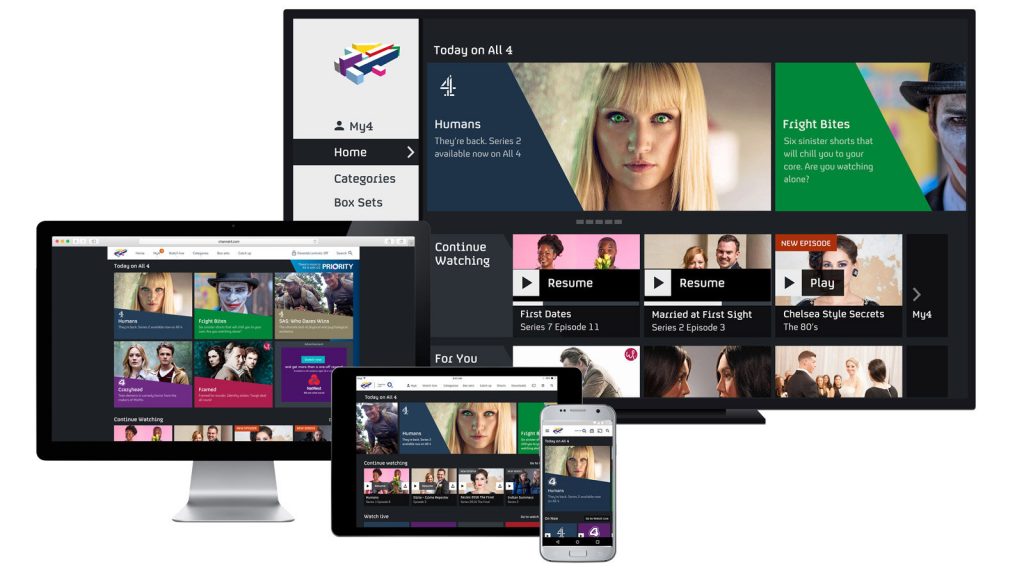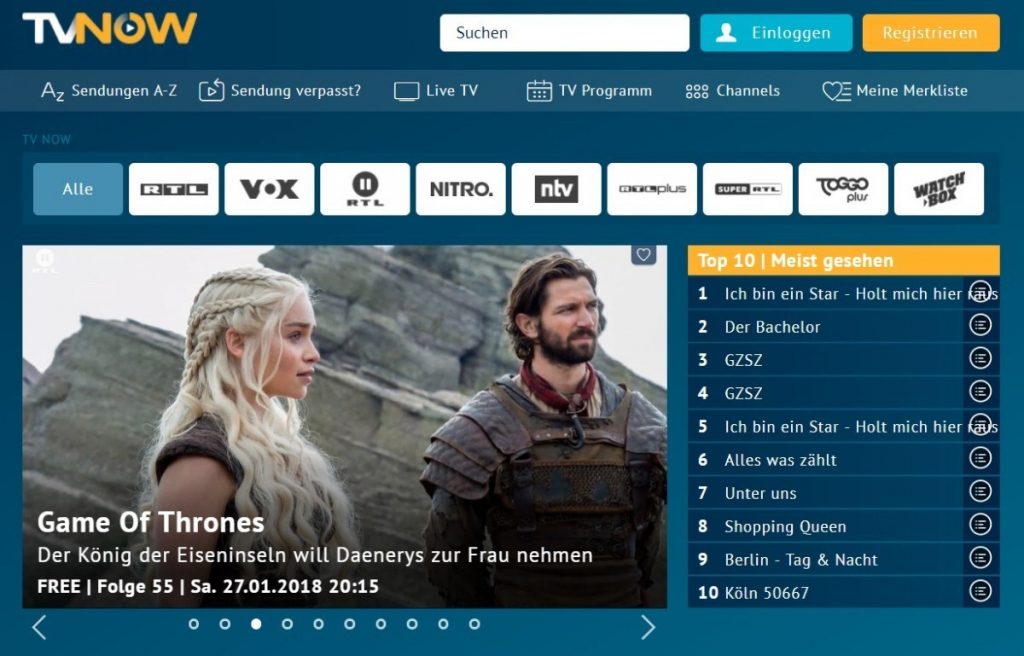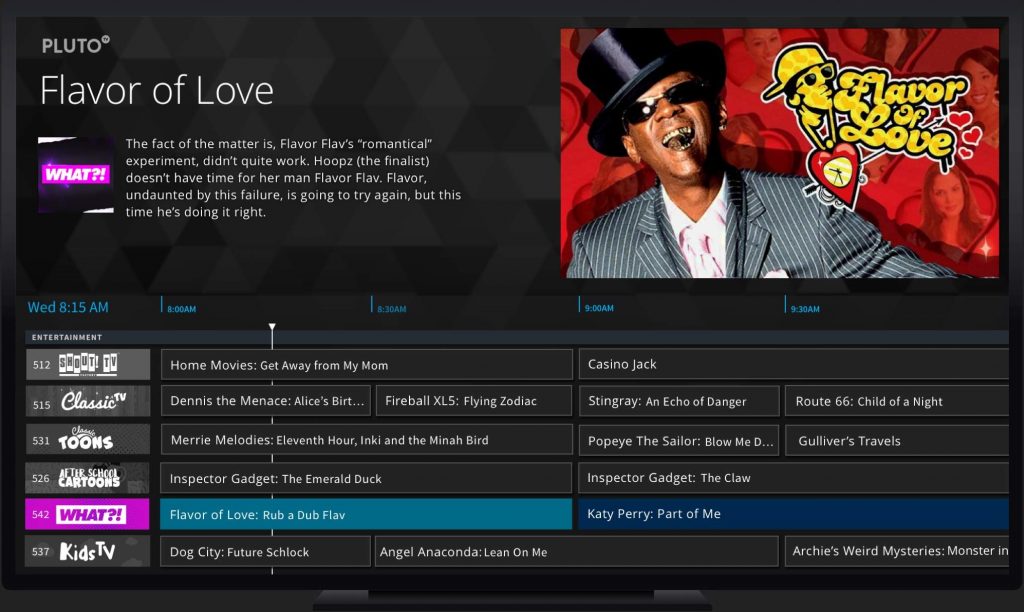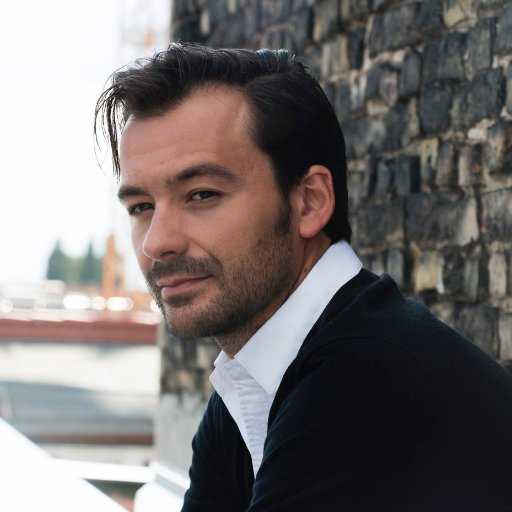
After more than 40 years of operation, DTVE is closing its doors and our website will no longer be updated daily. Thank you for all of your support.
The rise of the AVODs

With subscription costs mounting and the SVOD market becoming more crowded, Jonathan Easton looks at the attractions of advertising-supported video-on-demand.
When Netflix added a streaming option to its DVD rental service as an optional extra in 2010, few could have predicted that it would create the seismic shift that it did in the following years.
Of course, Netflix was not the first company to offer a subscription-based video on demand service. Amazon launched Amazon Unbox in 2006, which, through various transformations and name changes, became what we now know as Amazon Prime Video.
Other ‘free’ VOD services have also sprung up in this time. The BBC launched BBC iPlayer in 2007 which was, ostensibly, freely available to anyone in the UK, paid for by the TV licence. Though it should be pointed out that it only became a legal requirement for viewers to have purchased a TV licence in 2016.
In the wake of the iPlayer’s UK success, similar services launched in the UK, such as ITV Hub and All 4 (formerly 4OD). Without the benefit of funding from TV licence fees, these platforms are, like their linear counterparts, free to view but behind an information paywall and funded by advertising – AVODs. This is a model that is seeing a huge amount of interest internationally.
Safe to say that, over the past decade, the landscape of video consumption has radically transformed. Established broadcasters are looking over their shoulders at the burgeoning competition and are trying to get a piece of the action.
But for any broadcaster that wants to get ahead in VOD, they are posed with several different questions. First do they licence their content to one of the big players, or do they decide to go direct to consumers? Should they settle on the latter, what model for revenue should they follow: the free-to-view AVOD or a paid-for SVOD?
And these are the questions being asked by the entire industry amid an increasing shift to non-linear programming. According to the European edition of the 2019 Pay-TV Innovation Forum from Nagra and research consultancy MTM, 79% of executives feel that these rapidly growing OTT services present a major opportunity to become ‘super-aggregators’ of content. By 2024, 94% of the execs believe major platforms in European markets will carry 20% fewer linear pay TV channels than today, with VOD being the way to go.
State of play
Realistically, we live in a world where most OTT households will have one, if not both, of Netflix and Amazon Prime Video. For many cord-cutters and cord-nevers these platforms are the basis of their viewing experience and, as such, will view any new platforms as an addition to, rather than a replacement for Netflix and Amazon. Even Disney – arguably the biggest name in global entertainment – and its Disney+ SVOD is likely to live next to Netflix.
This is okay for Disney, but not everybody has the name recognition or library of Disney. And Disney only viewed launching an SVOD as viable having acquired 20th Century Fox and its back catalogue of content for US$71.3 billion (€62.59 billion).
For Justin Gupta, head of broadcast and entertainment, UK & Ireland at Google, the market will logically divide between SVODs and AVODs based on one main key factor.
“For video platforms and broadcasters going direct to consumer, AVOD is the obvious choice,” he says. “For niche content providers, SVOD makes more sense, in the beginning at least.”
Though there is never a ‘one size fits all’ rule, Gupta’s description reflects how we have seen the OTT landscape take shape over its first decade or so. More specialist services which could be considered, as Gupta puts it, ‘niche’, are thriving.
For example, both anime platform Crunchyroll and pro wrestling service WWE Network boast over two million members each worldwide. Both have been disruptive, both serve a core niche audience, and both are subscription-based.
This way of looking at the market then creates a huge gulf between those niche services and the aforementioned likes of Netflix, Amazon and Disney. Such a gap, as Gupta suggests, is the place where AVODs will thrive.
Despite rising in prominence recently, AVOD is hardly a new phenomenon, as Rhys Nölke, senior vice president strategy and business development at RTL Group says: “We were among the frontrunners in advertising-funded VOD offers in Europe. Back in 2007, we launched our first AVOD service in Germany, which is called TV Now today. Ever since, we have continued to expand our VOD services in all countries where we have strong families of TV channels leveraging our platforms across the Group.”
There are many audiences across Europe who have only known free to air television. For them, an ad-supported model which incurs no financial cost is a more familiar and appealing proposition than paying for an SVOD. Even for those who subscribe to a service such as Netflix or Amazon Prime Video, a recent report from Parks & Associates suggested that the SVOD market has become “saturated” and that fewer viewers are looking to add another subscription.
Similarly, broadcasters want to best utilise their extensive content libraries to reach as wide an audience as possible while simultaneously maximising revenue. In this sense, removing the financial barrier to entry of a subscription from audiences has the potential to increase viewership, making AVOD such an attractive model.
Viacom, while still being largely dedicated to pay TV and cable networks, is one such broadcaster that has heavily invested in the AVOD space. The company grabbed headlines in March 2019 with the US$340 million (€298.45 million) acquisition of Pluto TV.
The service, which boasts over 15 million users worldwide, is ad-driven and does not offer a premium option, unlike the likes of Hulu and ITV which let users pay a fee for an ad-free experience.
Certainly, that a company as established and the size of Viacom is so heavily invested in a purely AVOD offering shows that it is a viable option in the OTT space.
Olivier Jollet, managing director, PlutoTV Europe, believes that the AVOD model presents unique revenue opportunities not available with SVOD or even with the short-form advertising offered by YouTube and social media.
“For advertisers, a non-skippable environment plays an important role and distinction for AVOD. Full screens ads are very important for advertisers especially on TV sets. The value is completely different than a video ad in a newsfeed. At Pluto TV, we offer a unique proposition to advertisers where we can create customised channels and programming blocks that use curated content to reflect a particular theme or message to targeted audiences.”
This, combined with the ‘super-aggregator’ aspect touched upon earlier, is the reason why Viacom invested.
“For Viacom, Pluto brings a scaled direct-to-consumer offering with opportunity to capture the white space in the ad-supported streaming market. It adds an important offering for distribution partners, unlocks their deep library of content, enhances the advanced advertising capabilities, and creates global reach using Viacom’s established international footprint,” says Jollet.
“The Pluto TV platform is equipped with opportunity to serve as a cross-promotional vehicle to market Viacom’s library and services with future ability to upsell targeted subscriptions services and products.”
The tangible results that come from the measurement and targeting of advertising are the key reasons why broadcasters are champing at the bit to create their own platforms rather than simply license their programming.
As Gupta points out, “we’re gradually moving away from the paradigm where every viewer sees the same ad break – and that’s a byproduct of how TV was distributed, with everyone seeing the same programmes. Nowadays, as people can view different content over the internet, they can also view different ads – both in video on demand and with live broadcasts – which gives the ability to do addressable advertising, in a similar way to how ads are delivered on the web. So the uniqueness is the ability to do more granular targeting of TV adverts.”
This granularity allows the operator a greater degree of controlled and precise insight into their viewers. While broadcasters have traditionally relied on monitoring from companies including Nielsen and Kantar to see who is watching, modern internet tracking technologies – cookies – give a much fuller perspective of the individual viewer along with their habits and interests, and deliver tailored advertising that is much more relevant to them.
Jollet agrees with this, surmising: “We used to have two worlds in the advertising world. The TV budget world with a strong focus on brand awareness for the advertisers, and the digital world with a focus on conversion and engagement. AVOD platforms where most of the usage is taking place in the living room, such as Pluto TV, are bringing the best of both worlds together: TV-like inventory with the measurement and targeting capacities of the digital world.”
This is a view shared by Chris Bassolino, co-founder and COO of Zype, a video content management and video distribution infrastructure provider, and its customers include Fascination TV and Shout! Factory TV.
“For advertisers, it is a very addressable space. The platforms have access to the user bits first-party – which is great for advertisers and targeting,” Bassolino says. “For investors, at the end of the day it is a media play with a heavy reliance on ad tech and ad stack management, so making sure the platforms have a competitive advantage or scale there would be essential.”
“The core value proposition for advertisers speaks to a new platform that adds to the existing video advertising landscape. AVOD reaches viewers who diversify their media consumption and are viewing more and more digital content on connected devices rather than Broadcast TV only,” he says.
Gupta agrees that this value proposition is of immense value to advertisers and broadcasters.
“Advertisers want to reach viewers across different platforms – and AVOD finally creates the ability for them to reach viewers on TV as well, potentially even from the same programmatic campaign. It’s also much easier to do regional campaigns or target smaller niches of viewers,” he says.
“It also gives advertisers the capability to start doing ‘creative storytelling’ and showing different creatives to the same viewer over time. One example could be for a car advertiser. The first time you show the outside of the car, the second time you show the inside of the car, the third time you show the dashboard, the fourth time you show the price and the fifth you provide a call to action to a local dealership.
“For broadcasters, you can now sell your VOD advertising across all screens in one place and use your first party data to make your ad inventory more attractive to advertisers, supporting the targeting and creative rotation use cases described above.”
The personal touch
RTL has heavily invested in targeted advertising, with the full purchase of ad serving platform SpotX in 2017 and the US$33 million (€29 million) acquisition of advertising technology company Yospace.
“With our recent acquisition of Yospace we have acquired one of the most advanced technologies for Server-Side Dynamic Ad Insertion (SSDAI),” notes Nölke. “This allows the replacement of existing commercials from a broadcast stream with more targeted, personalised advertising. Yospace’s technology makes advertising on streaming services more personal, which means a better consumer experience for superior monetisation of our premium advertising inventory.”
While this might sound as though the benefit to advertisers is expanding and maximising their potential reach, analysts view advertising in the AVOD space to be much more focused on the quality, rather than quantity, of views.
This is one such view held by Tim Mulligan, research director and video analyst at MIDiA Research, an analysis and insights firm focused on the crossovers between media and technology. Says Mulligan: “AVOD allows ad-supported TV content to exist and potentially thrive in the streaming era because, whereas previously TV sold itself on reach metrics such as the estimated size of its audience,” he says.
“Now, AVOD is able to accurately quantify through data its audiences for advertising partners, creating better ROI and far greater accountability.”
 While much of the emphasis the industry places on AVOD is down to its appeal to advertisers, what should not be overlooked is how warmly the audience, and certain demographics, receive it.”
While much of the emphasis the industry places on AVOD is down to its appeal to advertisers, what should not be overlooked is how warmly the audience, and certain demographics, receive it.”
Gupta says: “It’s definitely the case that younger viewers are more willing to watch ads and less willing to subscribe.”
Nölke agrees with Gupta’s sentiment: “With video-on-demand services we generally reach younger target audiences and AVOD extends our existing TV offering with additional targeting opportunities – in a premium and brandsafe environment.”
Bassolino however is less conclusive. “I think the story is still being written,” he says. “Right now we have a whole generation of young people conditioned by YouTube to watch – and skip – ads, and a whole generation of older folks who grew up with broadcast TV and the DVR.
“It will always be a cat and mouse game, but the publishers and broadcasters that engage with great content at scale, with ads that have contextual relevance to the audience, will do well across any demographic.”
Going forward, it would seem that AVOD is going to do nothing but grow. Its benefits are obvious and, save for particularly data-cautious viewers, each party wins. Viewers get a huge library of on-demand content to watch at their leisure in exchange for a few minutes of ads, distributors get their content seen by a wider audience and advertisers have a new, highly targeted way of reaching consumers.
However, Mulligan points out one reason for caution that is often overlooked: “There is no more untapped attention. Newly launching media services now need to compete directly against incumbents and the ones who succeed will be those that offer a substitute for traditional TV, with live sports and live news being the big gaps in the current DTC landscape.”
For now, we live in a time of near-endless opportunities for operators, but those which decide to move into the space must ensure they have a compelling package to attract advertisers and enough content to engage with viewers. l




